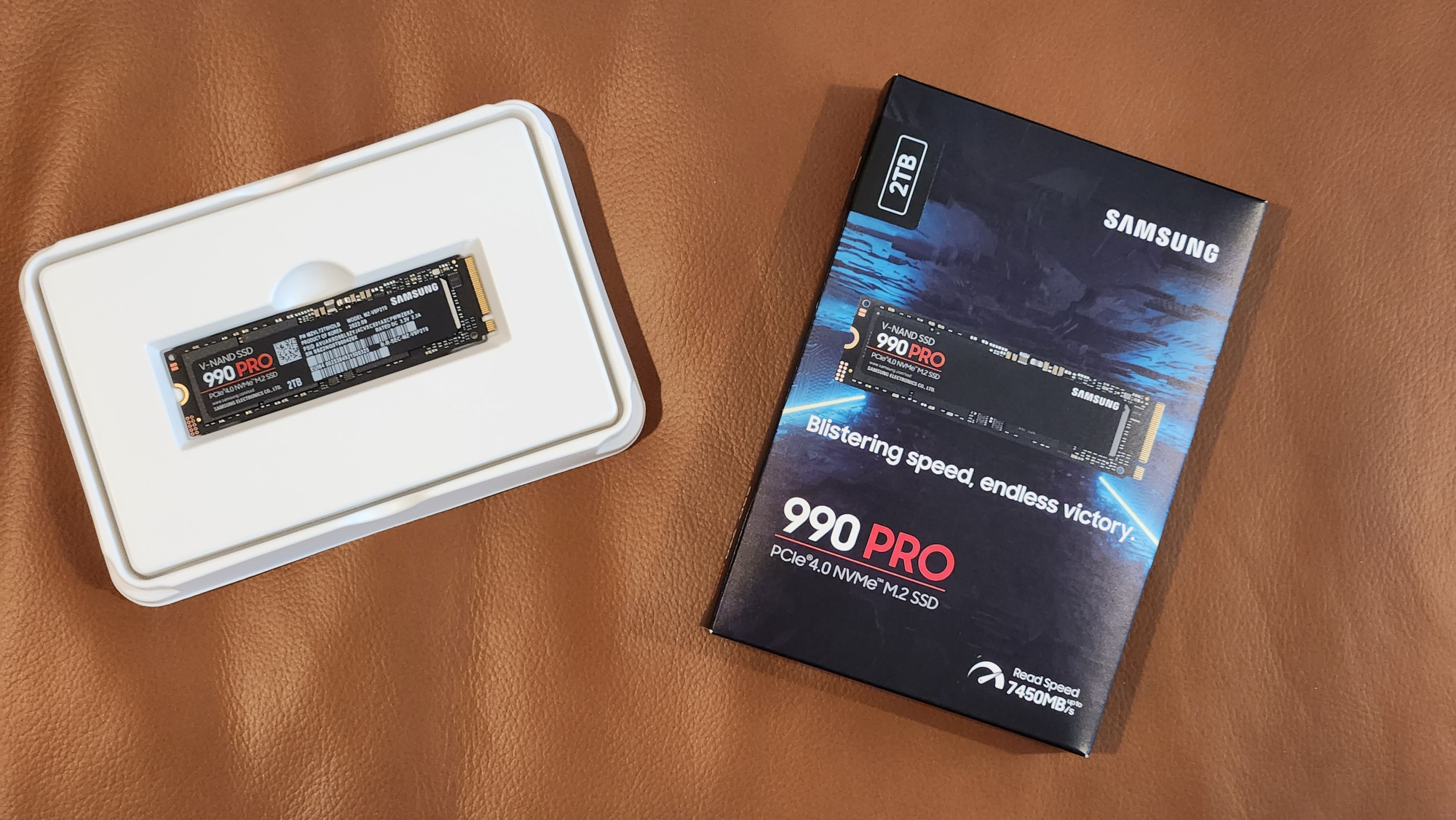If you’re tight on storage in your desktop PC, chances are you could upgrade to the world’s most popular solid-state drive, Samsung’s 990 PRO, down to only $149.99 at Newegg.com with price-matching offers at Amazon, Best Buy, and Walmart. Buy through Newegg, and you’ll enjoy an extended return period of January 31, 2025, or a 30-day standard affair with Amazon. Either way, check your motherboard documentation first to ensure PCI 4.0 (Gen 4) storage compatibility with M.2-2280 drives or install it into a PlayStation 5 for an extended games library.
The most popular NVMe SSD for a reason
I’ve used plenty of M.2-2280 variants when building custom PCs with solid-state drives, and it’s still the best option with faster speeds than more traditional 2.5-inch variants connected via SATA cables. Sure, you need to be positive that your motherboard supports PCI 4.0 (Gen 4) to use Samsung’s world-class 990 PRO and access the 2TB of space, but it’s relatively commonplace these days since PCI 5.0 (Gen 5) is steadily rolling out.

Ben Wilson
I’ve used every form of storage in custom-built desktop PCs since the days of mechanical IDE hard drives that clicked and whirred until eventually replaced by modern solid-state luxuries like this M.2-2280 from Samsung.
It’s also a versatile drive, compatible with Sony’s PlayStation 5 and PS5 Pro (via Android Central), with no extra effort than it takes to upgrade a PC. All you need for either is a screwdriver and, sometimes, extra attention to remove pre-applied heatsink stickers that can help cool the SSD under constant operation. Upgrading an M.2 drive is honestly one of the most straightforward DIY jobs you’ll encounter with desktop PCs, alongside installing or replacing memory modules (RAM.)
Don’t be intimidated — it’s a super simple process and no more complicated than plugging an old-school game cartridge into a retro console, except you do it at a slight angle and then screw the thing down. Not sure about the drive itself? Check out our full Samsung 990 Pro review from when this SSD launched back in October 2022, and rest assured that I still rely on a 1TB variant to this day while I’m custom-building gaming desktop and testing parts.





